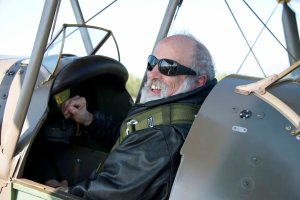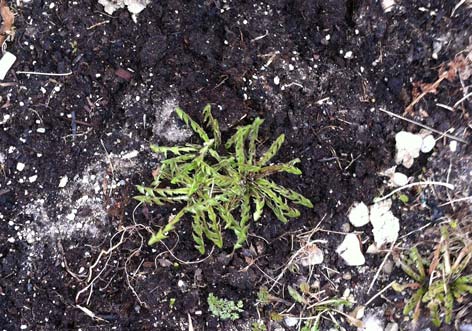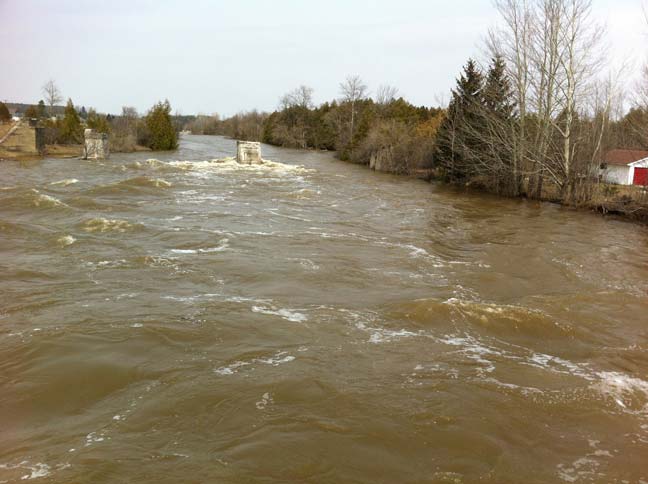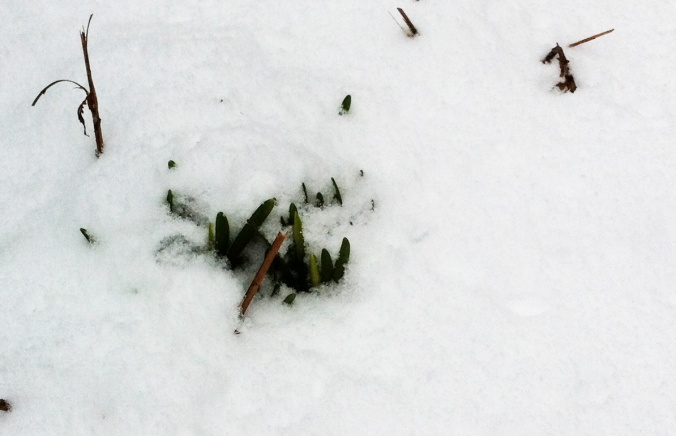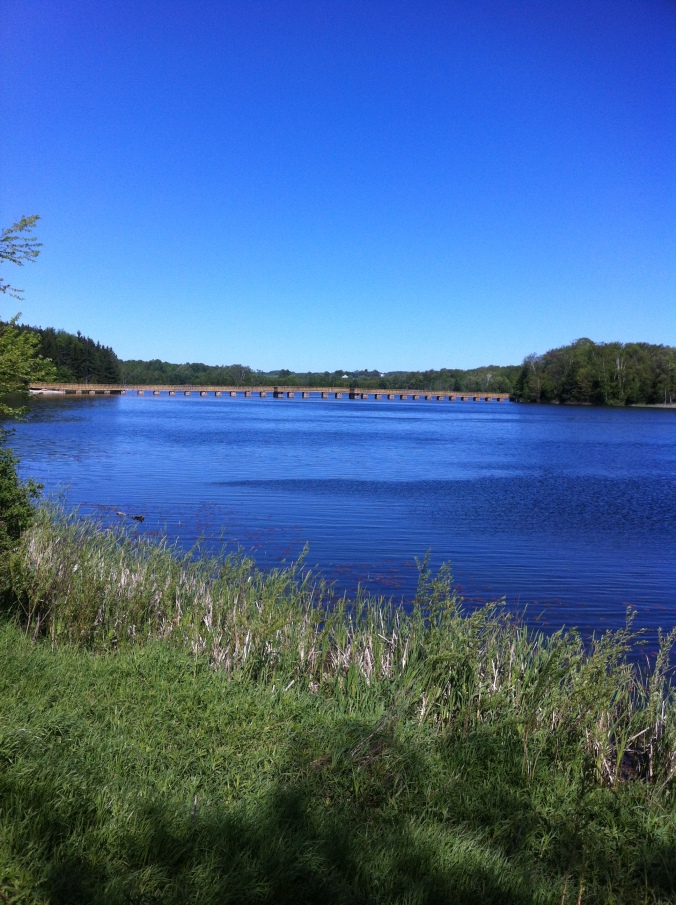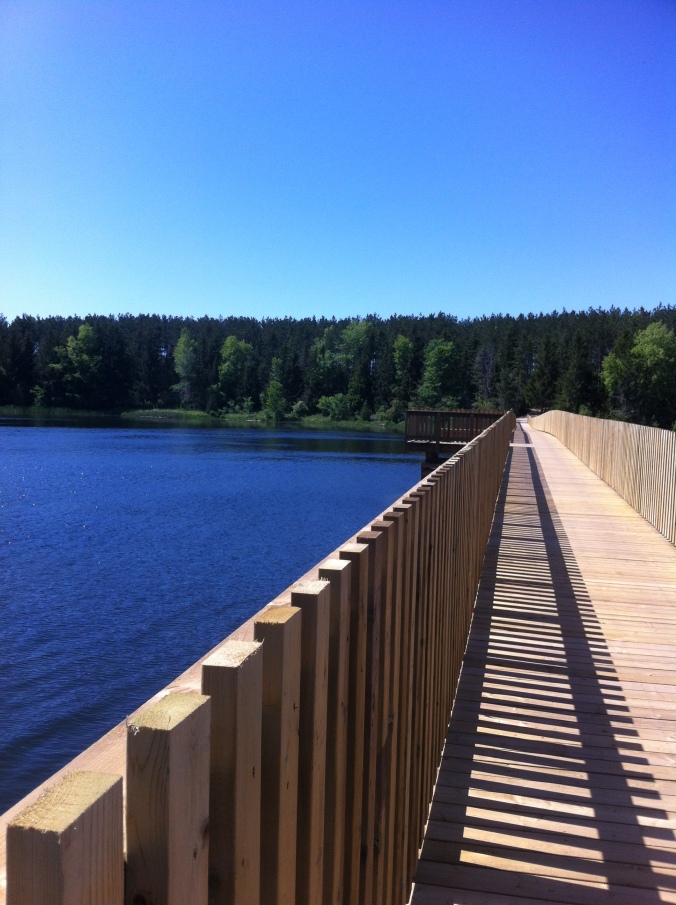Sometimes research is way too much fun. Prior to writing various stories I have had many adventures that include sailing a 60-foot Beneteau sloop across Sir Francis Drake Strait in the BVI, walking through the candle-lit streets of Colonial Williamsburg, eating soft-shell crab sandwiches at Annapolis, driving country roads in a 1954 Allard J2X, sitting in the cab of a pick-up truck as it rolled along the railroad tracks through the Credit River Valley, enjoying a “Pusser’s Painkiller” in the Soggy Dollar Bar where the drink was first concocted, and flying in a vintage bi-plane trainer.
The forward cockpit of a Tiger Moth bi-plane is cramped, cacophonous, and cold… but so much fun. Think of a private roller coaster unfettered by tracks or brakes. Danny Garyfalakis was in the pilot’s seat. He’s one of three passionate flyers who took apart, repaired and reassembled T5414 that originally rolled off the Morris Motors assembly line at Cowley Oxford in 1940. The other two are Andy Scott and Mike Dennett. All three live in the Hills and the article was for the Summer Issue of “In the Hills” magazine (Vol. 21 #2, 2014) a wonderful local quarterly publication.
They pulled the plane onto the grass at its home base, the Edenvale Classic Aircraft Foundation (ECAF). Danny and I climbed up, buckled in and were ready to go. Andy stood in front, swung his leg and the prop at the same time and the Gipsy Major engine fired (Did you know the engine is installed upside down, with the crankshaft at the top? Otherwise the prop wouldn’t have enough clearance over the ground). We taxied to the downwind end of the strip, turned around, and throttled up. The plane started to roll immediately (It has no brakes) and jounced and jiggled and jerked up the runway and off into the wild blue. It was a little wild, in fact.
Even on a warm and sunny spring day, you need layers under a wind-blocking leather flying jacket, along with goggles and a leather flying helmet. I can’t imagine how cold the RAF pilots must have been flying over the English Channel in the winter of 1940. I was flying over farmland, through some small low clouds and briefly ventured across the beach and over the water at the southern end of Georgian Bay. That’s where Danny decided to have a little fun.
Before we took off, he had asked me if I got airsick; I said “No” so he set out to put that assertion to the test. I’m sure he could have done more strenuous aerobatics but the wing-overs gave me a taste of positive and negative g’s. He’d climb for some height, dive for extra speed, and climb again, dropping to one side into a vertical flat turn, levelling out and heading back in the opposite direction. At one point he asked (over the barely-audible intercom) if I was feeling OK because he saw my head hanging down. I was fine. The Tiger Moth was a trainer so the controls are identical in both cockpits and I was looking down, watching the stick and pedals as he flew the plane. But I will admit (now, not at the time) my stomach felt a little bubbly when we landed… like I’d just chugged a jug of beer.
By the way Pete Paterson took all these shots. Pete’s a good friend. I’ve worked with Pete often and his work is extraordinary. Check out his site.

